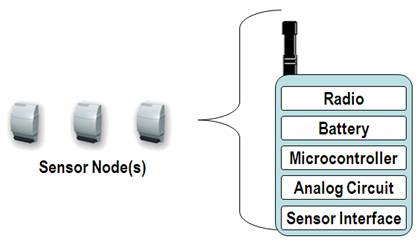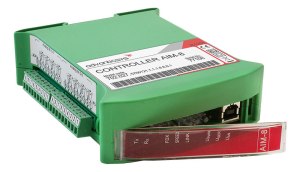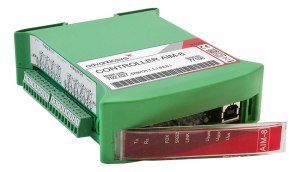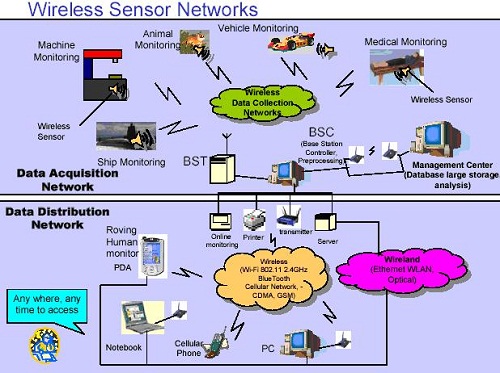
A wireless sensor network is quite simply a handsome number of wireless sensor nodes set in one or the other network format (for example mesh or star).
- These wireless sensors can be used to monitor either physical or environmental conditions like temperature, sound pressure, etc.
- They are capable of taking the reading and passing their data through the network to a main or center location.
- Such networks initially came into existence as a military application for battlefield surveillance and is today being used in many industrial and consumer applications.
- It is important to note the several design factors that have been laid out by many researchers.
- This includes the design factors of the overall wireless sensor networks and the that of the protocols and algorithms for wireless sensor networks too.
- This article provides an in-depth look into those design factors.
Reliability in Wireless Sensor Network:
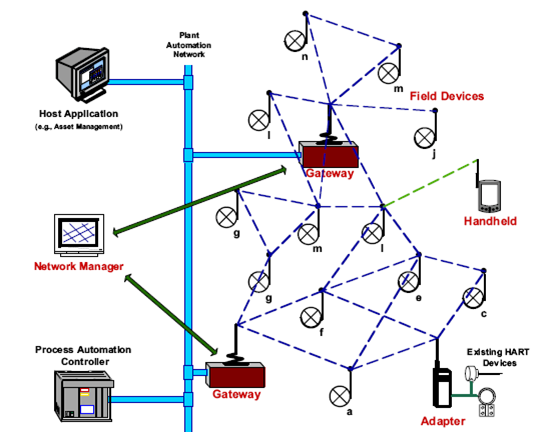
- The ability or a sensor node to maintain the sensor network functionalities without any interruption caused due to sensor node failures can be considered as a measure of its reliability.
- There are many reasons why sensor nodes fail. For example they may fail due to the lack of energy, due to physical damage, inactivity, a communication problem and even environmental interference.
Density in Wireless Sensor Network:
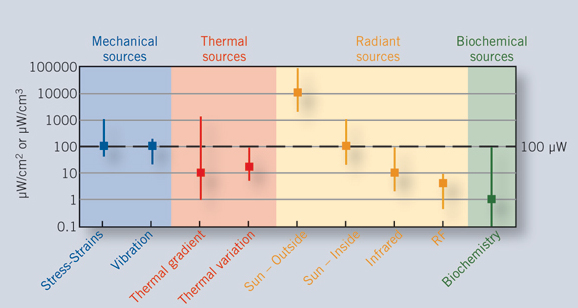
- The density of the wireless sensor nodes affects the level of reliability, accuracy and data processing algorithms.
- It is highly likely that your specific applications requires you to deploy hundreds and thousands or even millions of sensors.
- These sensors can be spread over a large area or kept close to one another depending on the purpose of the network.
Sensor Network Topology in Wireless Sensor Network:
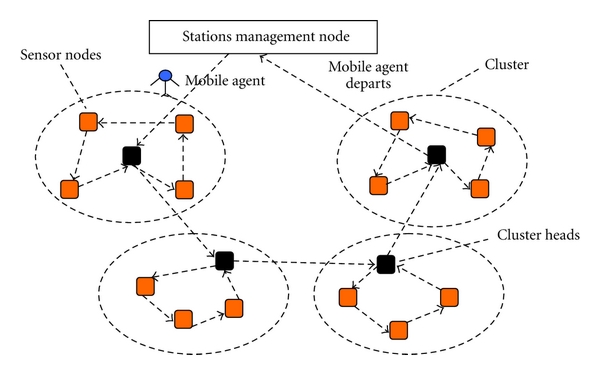
- The network topology has a tendency to affect the latency and capacity as well as robustness of the network.
- The complexity of the data routing and processing also varies from one network topology to another. For example a highly dense network of wireless sensor requires to pick the topology carefully considering all the requirements.
Energy Consumption in Wireless Sensor Network:
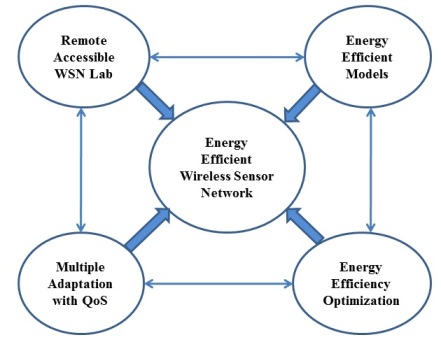
- The wireless sensor that is remotely deployed is usually battery operated.
- Thus the life time of the sensor node is highly dependent on the battery life time. Alternatively there are times when it is possible to use a power source close by to power the node; but this is not always possible.
- The main power drain is through the three important operations which are sensing, computation and communication.
- Sensing is the capability of the node to produce a measurable response to change in a physical condition like temperature or pressure.
- Computation is the task of processing the data and controlling the other components in the sensor node.
- In addition to which the Sensor node also communicates with other sensor nodes on the network via the network that has been established.
- The life time of the wireless sensor is also an important factor while considering its efficiency and hence the design of the node is such that it maximizes the battery life and reduces the power consumption.
Hardware Constraints in Wireless Sensor Network:

- The wireless sensor node consists of four main components.
- This includes a sensing unit, processing unit, transmission unit and a power unit.
- These sensor nodes connect to a network and route the data via the network in place. Thus they also require location finding system built into the device.
- In addition to which at times a mobilizer is also required to be able to move the sensor. All these factors affect the design of the sensor node.
Data Aggregation in Wireless Sensor Network:
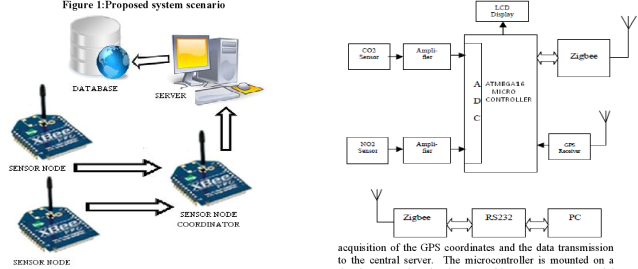
- The process of reducing the size of the data by summarizing it into meaningful information that can be propagated through the wireless sensor network is generally called data aggregation.
- The sensor networks are made up of many hundreds and thousands of nodes. Thus this has the potential of congesting the network.
- Hence the data is aggregated by the individual node prior to transmitting it.
Transmission Media in Wireless Sensor Network:

It is common for multi-hop sensor networks to use the wireless medium like Bluetooth. This is a common method since it is robust and interference free.
Security in Wireless Sensor Network:
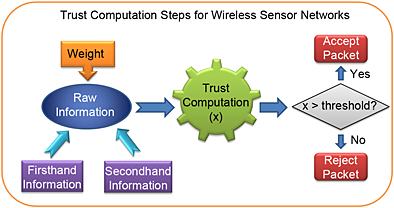
There are several threats to a wireless sensor network. They include passive information gathering, node outage, supervision of a node, false node, node malfunction, message corruption, denial of service, etc. This area requires some more research and development though.
Self Configuration Wireless Sensor Network:

- These wireless sensor nodes are deployed in a sensor field in many different manners.
- A times they fail and new ones need to be used to replace the failed ones.
- These new nodes need to be self configured to establish a topology that supports communication under severe energy constraints. Thus this is one of the essential factors too.
Quality of Service in Wireless Sensor Network:
- The requirements of each wireless sensor varies depending up on the reason it has been implemented. For example in some applications the data delivery within a bounded latency is of great importance since otherwise the sensed data delivered would be useless.
- While in other applications the conservation of power is very important; more than the quality of the data being sent.
- Thus there are subtle differences between quality of service and energy consumption in each implantation.
About Company: ADVANTICSYS is a privately-owned high-tech SME which has an important background in information and communication technologies specializing in the field of wireless sensor networks (WSN) and other industrial remote monitoring systems.
Get more information about Wireless Sensor Networks visit – www.advanticsys.com or email us on – info@advanticsys.com or call on – +34 91 189 05 21.
About Author:- Johanna Williams

Hi friends, I am interested in writing about science, technology & Web related stuff. Follow me on Twitter, on Google +Johanna,and/or become a friend on StumbleUpon.
Other Wireless sensor networks related post:
1. What are Wireless Sensor Networks?
2. Structure of a Wireless Sensor Network
If you like this blog, please Plus it, Like it, Tweet it, or best yet, link to it.
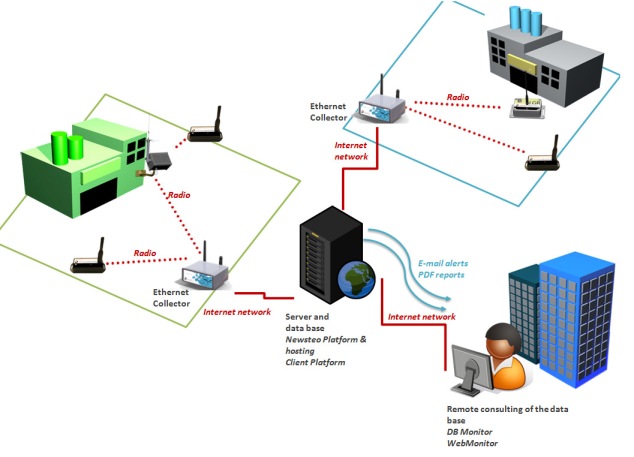

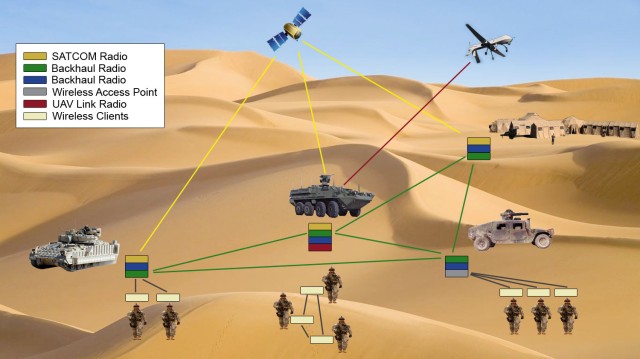
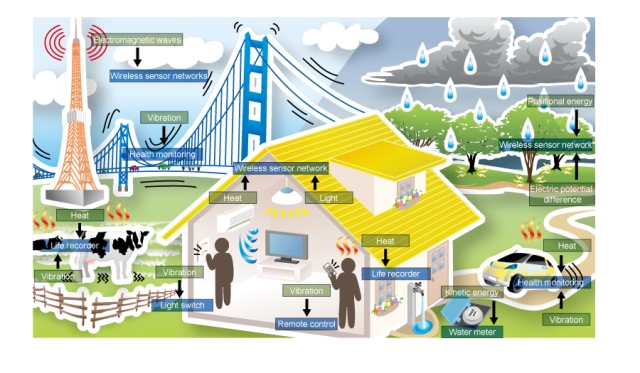
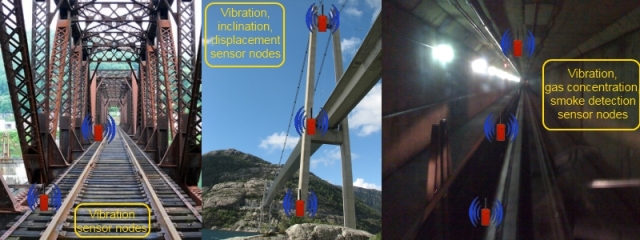
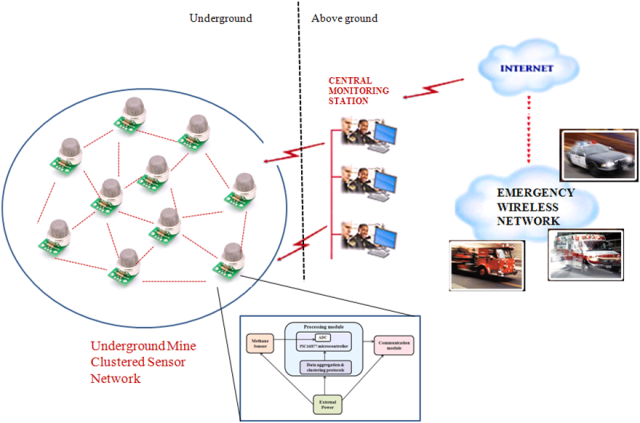

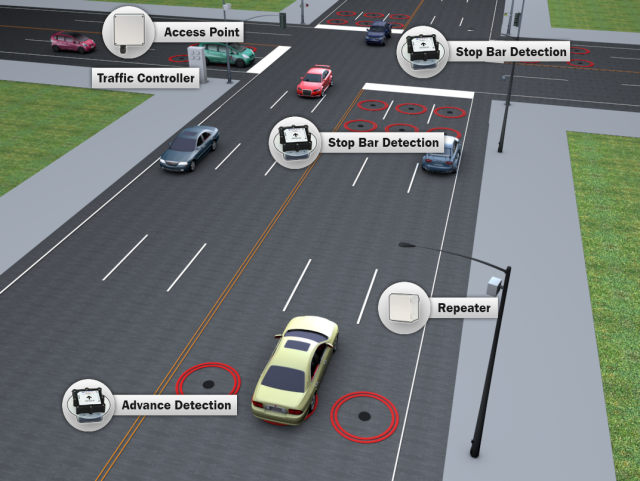
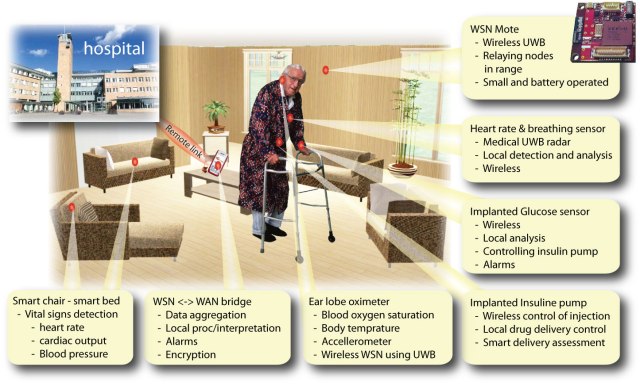
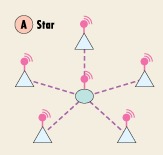

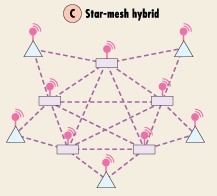
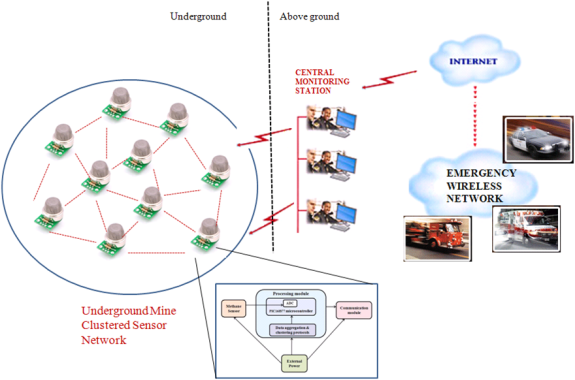
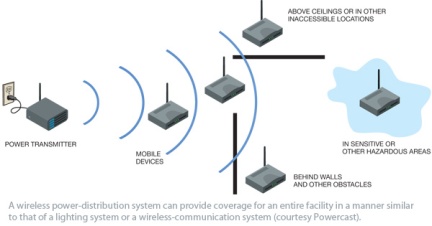
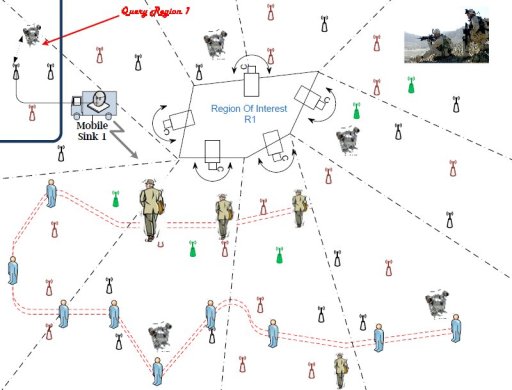
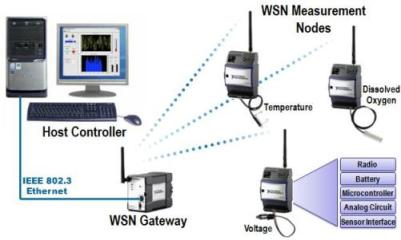
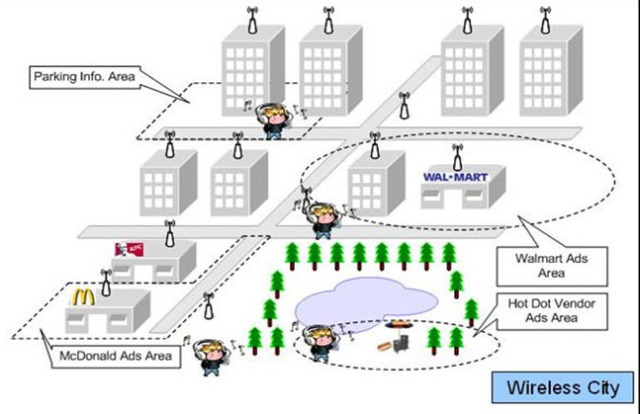
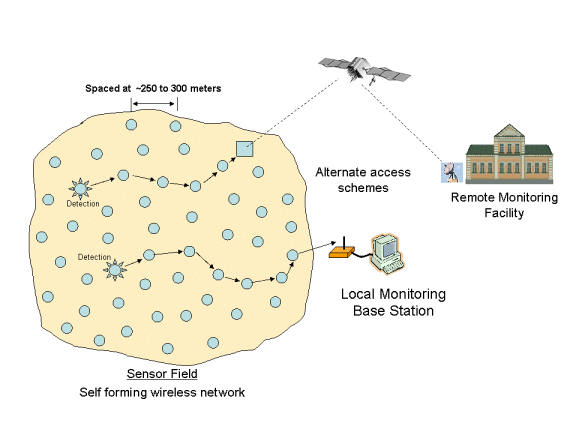
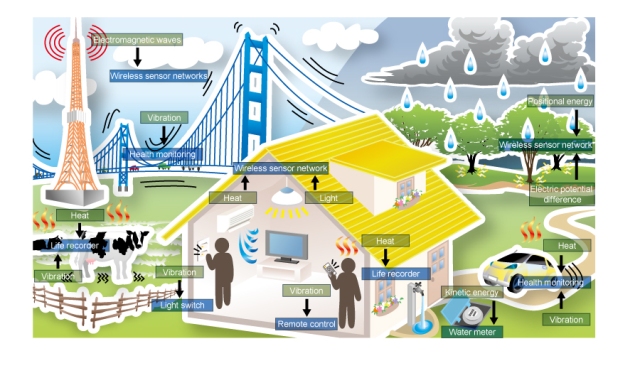 Image courtesy:techon.nikkeibp.co.jp
Image courtesy:techon.nikkeibp.co.jp